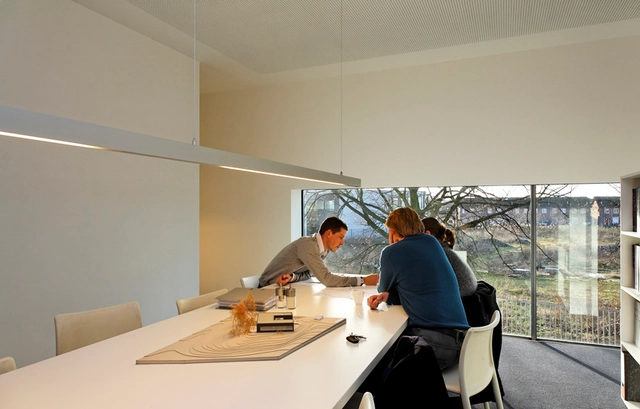
Discontent among employees in architecture firms is at an all-time high, demonstrated in the push for architectural unionization in the US in response to the lack of overall well-being in the profession. This discontent can be largely attributed to the inherently exploitative nature of the regular top-down architectural firm structures, fostering a disconnect between the direction firms take and the people working to make it possible. In these, leadership often takes on projects beyond the firm's financial capacity, with the expectation of underpaid staff taking on the brunt of the work through unpaid overtime. In these structures, employees are not to be a voice guiding the firm but to be profited off of. So, what are ways to address this disconnect? Is it time to restructure firms to give architects more agency? What are ways to create non-hierarchical firm structures?
























.jpg?1363809544)